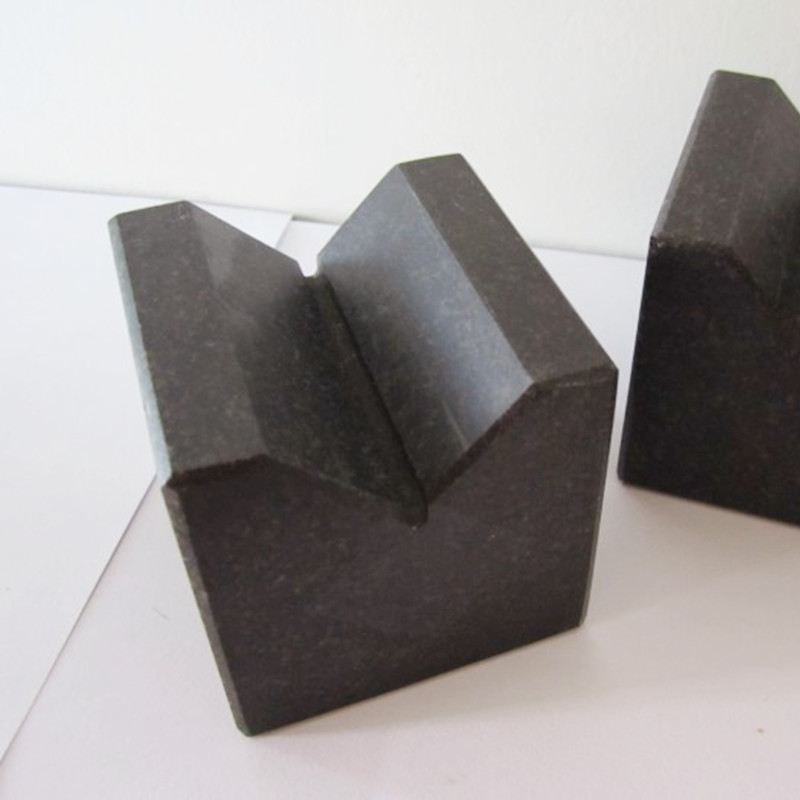डिस . 16, 2024 07:34 Back to list
Sizing Guidelines for Control Valves in Fluid System Applications
Control Valve Sizing Ensuring Optimal Performance in Fluid Systems
Control valves play a pivotal role in the efficient operation of many industrial processes, particularly those involving fluid systems. The process of control valve sizing is crucial as it directly impacts the flow characteristics, pressure drop, and overall system performance. Properly sized control valves can optimize system efficiency, enhance safety, and minimize operational costs. This article will delve into the key considerations and methodologies involved in control valve sizing.
Understanding Control Valve Functionality
Control valves regulate the flow of fluids by varying the size of the flow passage as directed by a signal from a controller. They respond to changes in system conditions—such as pressure, temperature, and flow rate—ensuring that the process operates within desired parameters. Proper sizing is essential to ensure that the valve can respond effectively to these changes without causing excessive pressure drops or flow instability.
Key Factors in Sizing Control Valves
Several critical factors must be considered when sizing control valves
1. Flow Rate The most fundamental parameter is the flow rate of the fluid through the valve, which can be influenced by the process requirements. It is vital to know the maximum and minimum flow rates to determine the appropriate valve size.
2. Fluid Properties The fluid type (liquid or gas), density, viscosity, and temperature drastically affect flow characteristics. Knowledge of these properties helps in selecting the right valve type and sizing it accordingly.
3. Pressure Drop The pressure drop across the control valve is crucial for sizing. It is determined by the flow rate and the characteristics of the piping system, such as pipe diameter and length. A proper balance must be struck; too large a pressure drop can lead to instability in flow control, while too small can result in inadequate performance.
4. Valve Characteristics Determining the valve's inherent flow characteristics (linear, equal percentage, or fast-opening) is essential. Each characteristic affects how flow changes in relation to valve position, impacting system performance and response times.
5. Cv Calculation The flow coefficient (Cv) is a crucial factor in the sizing process, indicating the amount of water (in gallons per minute) that can flow through a valve at a specific pressure drop. The formula to calculate Cv is \[ Cv = \frac{Q \cdot \sqrt{SG}}{\sqrt{\Delta P}} \] Where Q is the flow rate, SG is the specific gravity of the fluid, and ΔP is the pressure drop.
control valve sizing

Sizing Methodology
The control valve sizing process generally involves the following steps
1. Define the Process Requirements Clearly outline the operational limits, including flow rates and pressure conditions.
2. Gather Fluid Data Collect necessary data about the fluid, including its flow properties and behavior within the system.
3. Calculate Flow Coefficient Using the Cv formula, calculate the required Cv based on the desired flow rate and expected pressure drop.
4. Select the Valve Choose a valve that matches the calculated Cv and suits the specific application requirements, taking into account the valve type, size, and characteristics.
5. Verify Performance Once the valve is selected, it is important to verify that its performance meets the application’s needs under various operating conditions.
Conclusion
Control valve sizing is an essential aspect of designing effective fluid systems. Selecting the right valve size ensures optimal flow control and system efficiency. By following a structured sizing methodology and considering all influencing factors, engineers can avoid performance issues, ensure safety, and reduce operational costs. Understanding the nuances of control valve sizing empowers professionals to make informed decisions that enhance the reliability and efficiency of industrial processes.
In summary, diligent attention to control valve sizing not only improves system responsiveness but also paves the way for robust and efficient operations in various applications, from chemical processing to water treatment and beyond. As industries continue to evolve, mastering this fundamental skill will remain critical for engineers and operators alike.
-
Why Metric Trapezoidal Thread is Ideal for Precision Motion ControlNewsAug.05,2025
-
The Unique Properties of a Block of Granite for Industrial UseNewsAug.05,2025
-
The Role of Flanged Y Strainers in Preventing Pipeline ClogsNewsAug.05,2025
-
The Importance of Regular Calibration for Master Ring GagesNewsAug.05,2025
-
How a Cast Iron Surface Table Enhances Accuracy in ManufacturingNewsAug.05,2025
-
Comparing Different Check Valve Types for Optimal Flow ControlNewsAug.05,2025
Related PRODUCTS









